If you want to know about the best tricks when it comes to getting plants, then we have some really helpful Houseplant Buying Tips for you!
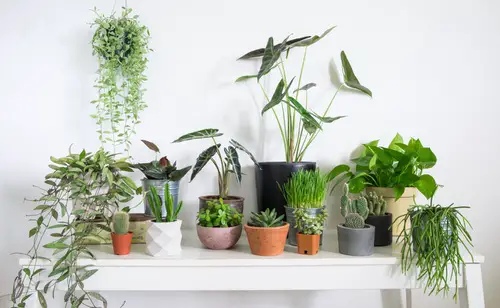
If you are one of those people who love to have plants in and around your house, then we have some awesome Houseplant Buying Tips to make sure you save money, get good deals, and end up buying the right plant for yourself!
Here are the most spectacular houseplants you can grow
Important Points to Consider Before Buying Houseplants
Before buying houseplant ask yourself the following basic questions:
- How bright the location of your home is?
- How much time you can invest in the maintenance of houseplants?
- How much space do you have?
Follow these Houseplant Buying Tips
1. Inspect the Plant
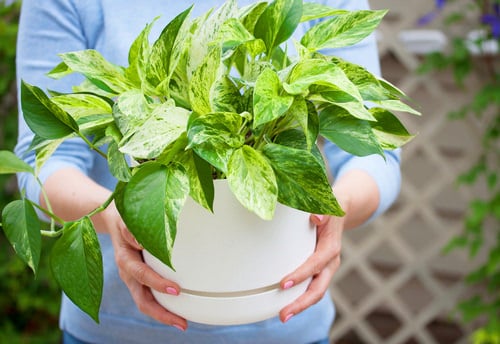
Check the plant’s overall condition carefully before bringing it home—discard the plant that looks visibly weak and look for a better one. Search for the signs of health and avoid buying damaged or bruised plants.
- Get a plant that looks healthy with soft-to-touch stems having vibrant and fresh leaves.
- If you see spots or markings on the leaves, it might be due to a disease or infection.
- If the leaves are wilting or yellowing, reject the plant.
- If you suspect the condition of the plant, then ask the employee of the garden center to pull out the plant from the pot to inspect the roots carefully—dark, rotten, and damaged roots indicate the plant is not is in good condition.
2. Read the Label Carefully
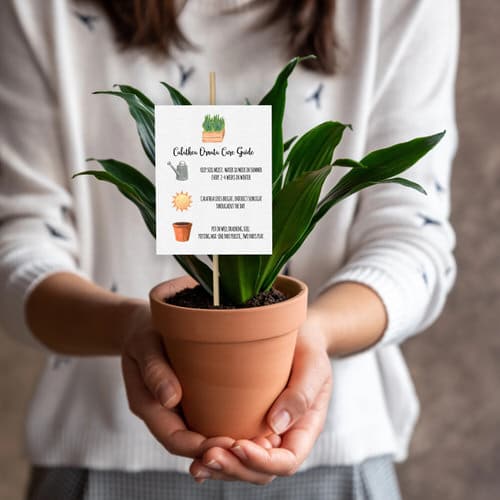
Read the plant label properly as they have important information about light, watering, and fertilization requirements for each and every plant. Some labels also tell about low or high maintenance.
If you are not sure about the information on the label, you can google the same or ask the employee at the nursery.
3. Compare Plants

Garden centers have multiple plants of the same variety, making it easier for you to pick the best one, and compare it for quality along with its looks with the other ones. Keep in mind that the tallest is not always good—choose a fuller or lush plant devoid of any markings and damages on the leaves.
4. Look for Pests

While buying houseplants, examine them closely for the presence of pests or diseases. Generally, insects or pests hide on the undersides of the foliage or at the growing tips of the plants, which makes it difficult to spot them in one go. Take your own sweet time to inspect the plant from all corners to be super sure.
Check for common pests like scales, aphids, and mites. Also, check properly if the plant has black spots, holes, blisters, distortion, or leaves are sticky.
5. Size Matters
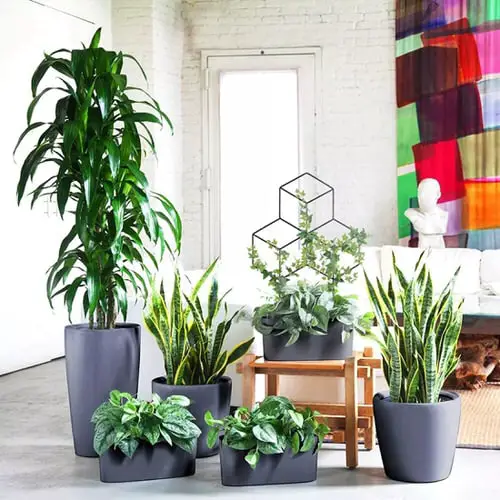
Small and large plants have their own advantages and drawbacks. The smaller ones are low cost whereas large varieties are mature and hardy than small types. Large plants can also cost more.
For example, a plant of 1-2 feet in size can cost less than a plant that is 5-6 feet long. Pick the one according to your budget and space.
6. Clear Doubts
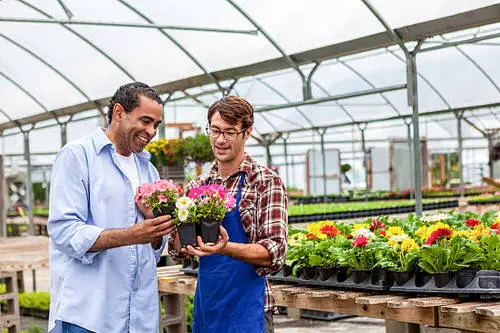
Whatever questions are coming to your mind ask nursery or garden center employees. Enquire about the growing requirements, conditions, and adaptability, they will be more than happy to answer your queries!
7. Look for Pups or Root Bound Plants

While buying succulents, always look for plants that have more pups in the pots. This will enable you to grow more plants using them! Similarly, while buying a spider plant, look for the one that has spiderettes hanging/growing from it. You can multiply them easily in different pots!
It is also a good idea to buy root-bound plants as it will make it easy for you to multiply them by division.
8. Don’t Buy Plants in Full Bloom
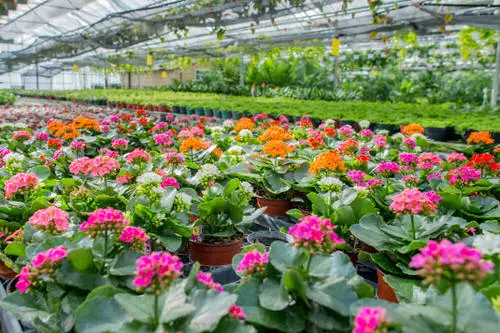
Avoid buying plants that are in full bloom. Though they might tempt you with their looks, the flowers will fade away in 2-3 days and then will take their own sweet time to grow.
It would be wise to pick plants that have few or many flower buds—this way, the plant will bloom after you will bring it home! Also, do make sure the foliage is healthy.
9. Don’t Forget to Bargain!
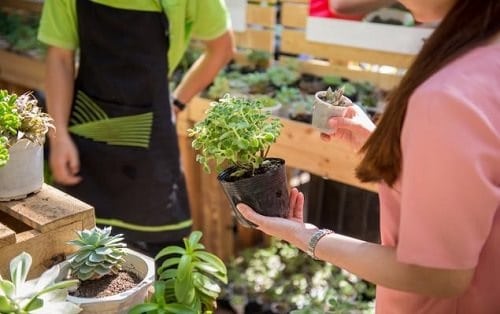
Do not pay the price the garden center or nursery is asking for the plant. Always bargain to make sure you strike the right deal. It would also be a good idea to visit at least 2-3 garden centers or nurseries to compare the price and then pick the one that offers you the cheapest rates!
10. Ask Plants for Cheap

Garden centers and nurseries are always full of plants that might have no takers, because of little issues like minor diseases or pests. If you will show interest in those plants, they will be more than happy to part ways with them and will give you those plants for cheap or even free!
Just make sure that you take the right care of the plant after buying it to ensure it gets free of pests and diseases.
Here are the best plants you can grow for free!
11. Visit the Garden Center in Non-Peak Hours
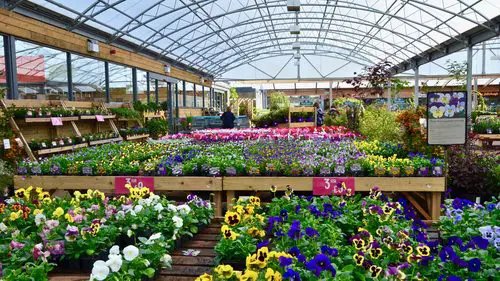
Visiting the garden center at non-peak hours will make sure that the attendants there have more than ample time to devote to you. This way, they will be able to show you more plants and will also be free to answer all your questions and queries.
12. Pick Plants According to the Light Exposure at Your Home

It is one of the most important Houseplant Buying Tips for you!
- If you have an east or south-facing exposure with windows and balconies that get 3-5 hours of light, then you can go with any plant of your choice, especially flowers.
- If you do not have a well-lit home and have mostly west-facing windows, then, in that case, you will have to go with shade-loving plants like impatiens, primrose, coleus, and oxalis that will do good in indirect light.
- No matter what the plant is, exposing them to a minimum of 1-2 hours of sunlight in 2-3 days is essential, and will be best for their growth.


